Felix Gonzalez-Torres "Untitled" (Welcome) Executed in 1991 Rubber mats, photographs, metal, soap, paper. 11 x 29 1/2 in. (27.9 x 74.9 cm).
Provenance Andrea Rosen Gallery, New York Exhibited New York, Andrea Rosen Gallery, Felix Gonzalez-Torres Every Week There Is Something Different, May 2 – June 1, 1991; Musee d’art moderne de la ville de Paris, Felix Gonzalez-Torres (Girlfriend in a Coma), April 11 – June 16, 1996; Brussels, Wiels Center for Contemporary Art, Felix Gonzalez- Torres: Specific Objects without Specific Form, January 16 – May 2, 2010 and Basel, Fondation Beyeler, May 22 – August 29, 2010 Literature K. Larson, “Six Threads,” in Atelier, no. 776, October 1991 (illustrated); F. Gonzalez-Torres and R. Nickas, “Felix Gonzalez-Torres. All the Time in the World” (interview), in Flash Art, November/ December 1991, pp. 86 – 88 (illustrated); D. Dahlquist, “Tillbaka till framtiden,” in Expressen, Nov. 24, 1992, p. 5; D. Sobel, Felix Gonzalez-Torres (brochure), Milwaukee Art Museum, Milwaukee 1993, n.p.; E. Troncy, “Felix Gonzalez-Torres. Placebo,” in: Art Press, June 1993, p. 35; A. Cruz, “The Means of Pleasure,” in Felix Gonzalez-Torres Traveling, exhibition catalogue, The Museum of Contemporary; Art, Los Angeles 1994, pp. 14 –16; N. Princenthal, “Felix Gonzalez-Torres, Multiple Choice,” in Art + Text, May 1994, p. 44; D. Elger, Felix Gonzalez-Torres Catalogue Raisonné, Ostfildern- Ruit 1997, p. 75, no. 130 (illustrated) Catalogue Essay Felix Gonzalez-Torres “Untitled” (Welcome) ‘‘Untitled” (Welcome) is an astonishing work. It is made of the most common materials, arranged in the most simple forms, but unlike the industrial ready-mades of Duchamp, or the radically geometric sculptures of Judd and LeWitt, it conveys a deeply poignant and profoundly personal charge. It is elegiac, not ironic; intensely felt, not cool and abstract. Made when Felix Gonzalez-Torres faced his own mortality and that of his lover Ross, the artist had no time to waste; he had to make every act and every detail count. And he does. The work is essential in its subject matter and concentrated in its emotion, not just in its form. He compressed into this extraordinary sculpture everything he had learned how to express from the armory of Modern and Contemporary art. It is no accident that as one comes to look at this masterpiece one thinks by turns of the formal simplicity of Judd, the private languages and personal symbolisms of Beuys and Cornell, the desperate yearning of Rothko, and the angry yet bittersweet lyricism of late Picasso raging against death. The work consists of eighty-some identical black rubber doormats, each emblazoned with the word “WELCOME,” which are arranged in four ascending stacks, set with the highest stack against a wall. Unlike his paper stacks, which the viewer is free to take, the doormats are a permanent part of piece. Hidden and interlaced among the mats are everyday items, such as a key, a playing-card, two bars of soap, a papertowel, some scraps of writing, a group of photographs (fig 1). The doormats are public, commonplace, industrial; the items hidden among them are instead relics and traces of personal and shared existence. The soap still gives off its perfume, an aroma that is fading but still lingers like a memory; and all the items similarly evoke treasured experiences that can be recalled, but not recovered, from the past. The photographs range in character and subject-matter from the sort of pictures of himself (fig 2), family, friends, pets, and loved-ones that nearly everyone has, to images of natural beauty (for example, the sky, a waterfall), as well as pictures of more overtly metaphysical or poetic content, including works by the artist. Susan Sontag has famously remarked: “Photographs state the innocence, the vulnerability of lives heading toward their own destruction, this link between photography and death haunts all photographs of people” (Susan Sontag, On Photography, New York 2001, p. 70). Photographs in this sense are expressions of the desire to hold on to and preserve what one cannot bear to lose, but one day will lose anyway
Felix Gonzalez-Torres "Untitled" (Welcome) Executed in 1991 Rubber mats, photographs, metal, soap, paper. 11 x 29 1/2 in. (27.9 x 74.9 cm).
Provenance Andrea Rosen Gallery, New York Exhibited New York, Andrea Rosen Gallery, Felix Gonzalez-Torres Every Week There Is Something Different, May 2 – June 1, 1991; Musee d’art moderne de la ville de Paris, Felix Gonzalez-Torres (Girlfriend in a Coma), April 11 – June 16, 1996; Brussels, Wiels Center for Contemporary Art, Felix Gonzalez- Torres: Specific Objects without Specific Form, January 16 – May 2, 2010 and Basel, Fondation Beyeler, May 22 – August 29, 2010 Literature K. Larson, “Six Threads,” in Atelier, no. 776, October 1991 (illustrated); F. Gonzalez-Torres and R. Nickas, “Felix Gonzalez-Torres. All the Time in the World” (interview), in Flash Art, November/ December 1991, pp. 86 – 88 (illustrated); D. Dahlquist, “Tillbaka till framtiden,” in Expressen, Nov. 24, 1992, p. 5; D. Sobel, Felix Gonzalez-Torres (brochure), Milwaukee Art Museum, Milwaukee 1993, n.p.; E. Troncy, “Felix Gonzalez-Torres. Placebo,” in: Art Press, June 1993, p. 35; A. Cruz, “The Means of Pleasure,” in Felix Gonzalez-Torres Traveling, exhibition catalogue, The Museum of Contemporary; Art, Los Angeles 1994, pp. 14 –16; N. Princenthal, “Felix Gonzalez-Torres, Multiple Choice,” in Art + Text, May 1994, p. 44; D. Elger, Felix Gonzalez-Torres Catalogue Raisonné, Ostfildern- Ruit 1997, p. 75, no. 130 (illustrated) Catalogue Essay Felix Gonzalez-Torres “Untitled” (Welcome) ‘‘Untitled” (Welcome) is an astonishing work. It is made of the most common materials, arranged in the most simple forms, but unlike the industrial ready-mades of Duchamp, or the radically geometric sculptures of Judd and LeWitt, it conveys a deeply poignant and profoundly personal charge. It is elegiac, not ironic; intensely felt, not cool and abstract. Made when Felix Gonzalez-Torres faced his own mortality and that of his lover Ross, the artist had no time to waste; he had to make every act and every detail count. And he does. The work is essential in its subject matter and concentrated in its emotion, not just in its form. He compressed into this extraordinary sculpture everything he had learned how to express from the armory of Modern and Contemporary art. It is no accident that as one comes to look at this masterpiece one thinks by turns of the formal simplicity of Judd, the private languages and personal symbolisms of Beuys and Cornell, the desperate yearning of Rothko, and the angry yet bittersweet lyricism of late Picasso raging against death. The work consists of eighty-some identical black rubber doormats, each emblazoned with the word “WELCOME,” which are arranged in four ascending stacks, set with the highest stack against a wall. Unlike his paper stacks, which the viewer is free to take, the doormats are a permanent part of piece. Hidden and interlaced among the mats are everyday items, such as a key, a playing-card, two bars of soap, a papertowel, some scraps of writing, a group of photographs (fig 1). The doormats are public, commonplace, industrial; the items hidden among them are instead relics and traces of personal and shared existence. The soap still gives off its perfume, an aroma that is fading but still lingers like a memory; and all the items similarly evoke treasured experiences that can be recalled, but not recovered, from the past. The photographs range in character and subject-matter from the sort of pictures of himself (fig 2), family, friends, pets, and loved-ones that nearly everyone has, to images of natural beauty (for example, the sky, a waterfall), as well as pictures of more overtly metaphysical or poetic content, including works by the artist. Susan Sontag has famously remarked: “Photographs state the innocence, the vulnerability of lives heading toward their own destruction, this link between photography and death haunts all photographs of people” (Susan Sontag, On Photography, New York 2001, p. 70). Photographs in this sense are expressions of the desire to hold on to and preserve what one cannot bear to lose, but one day will lose anyway
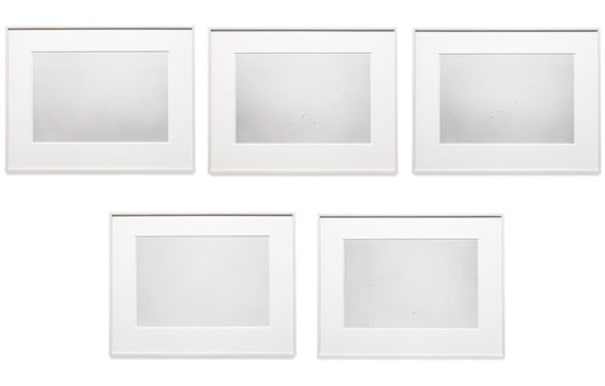

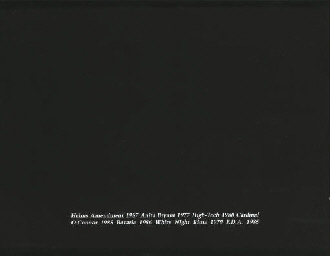
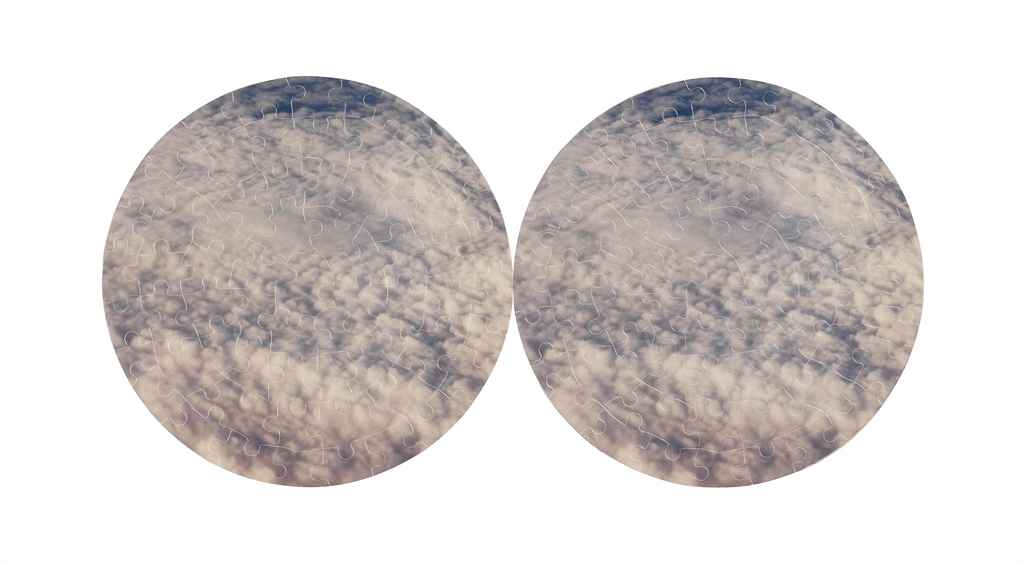
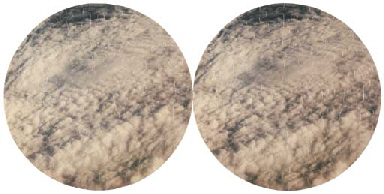

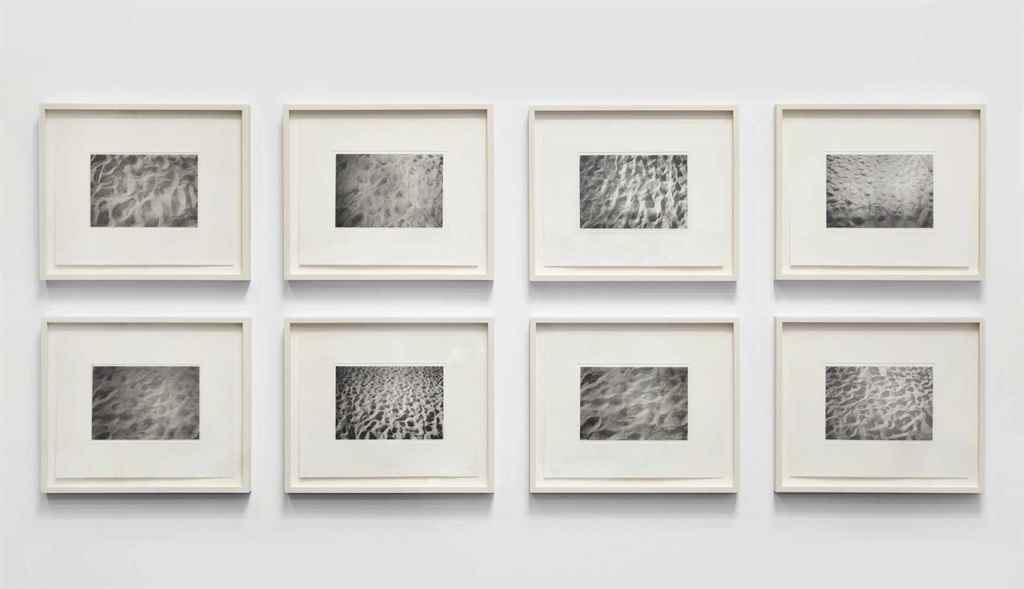
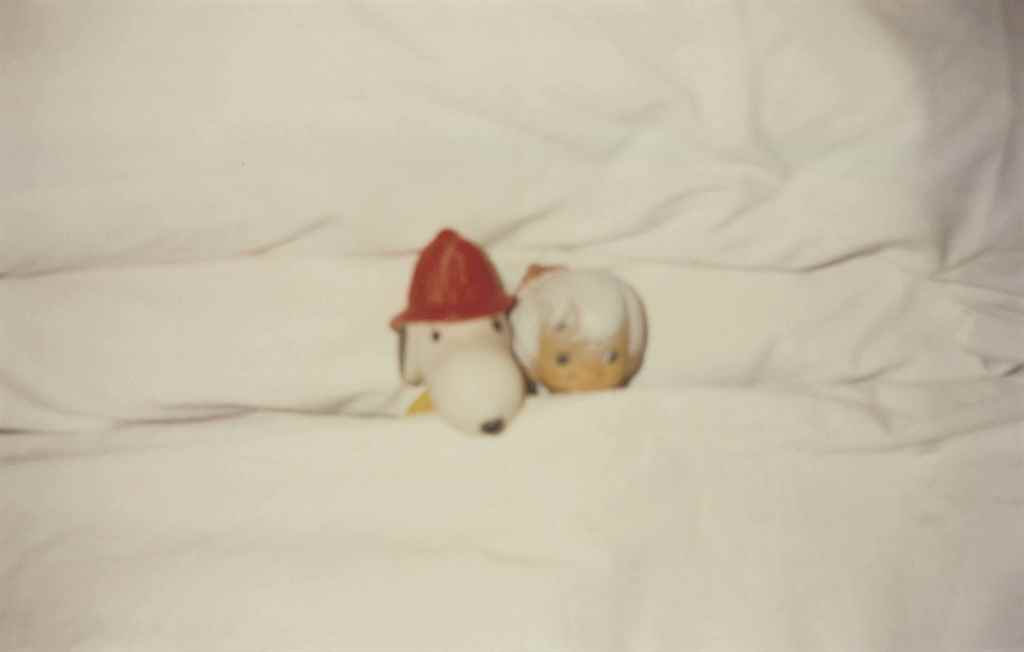
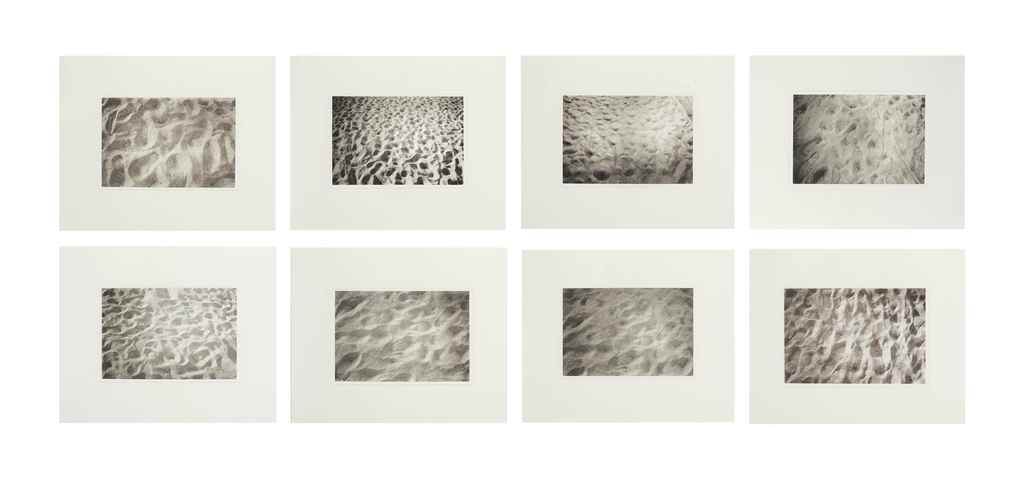
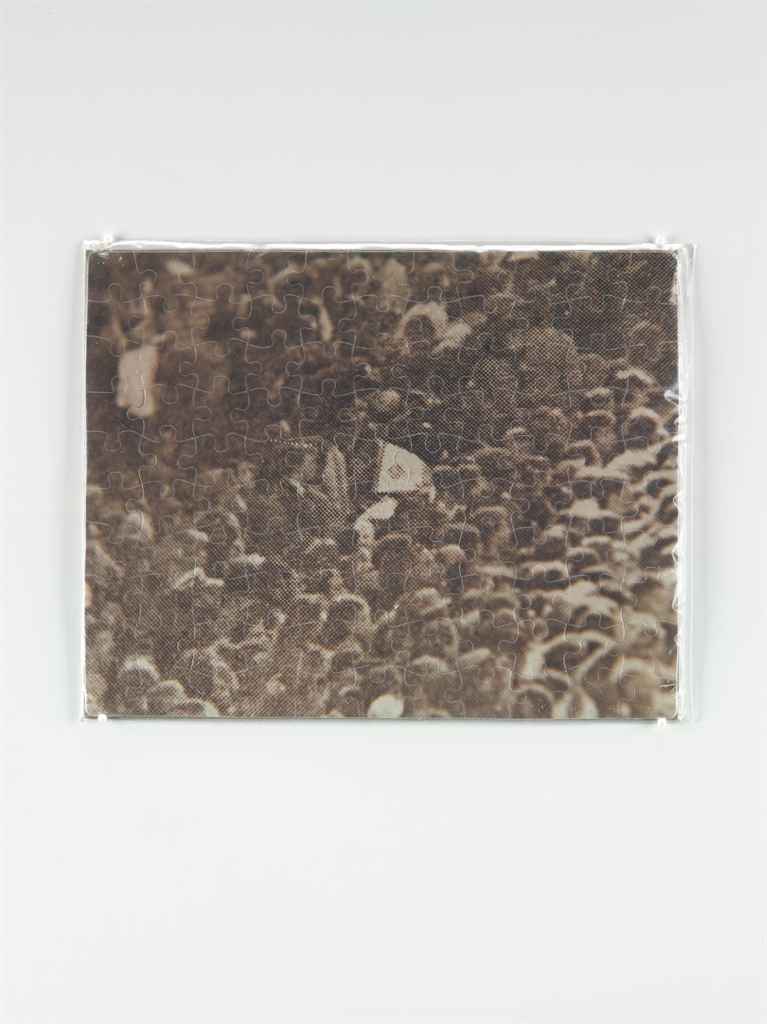
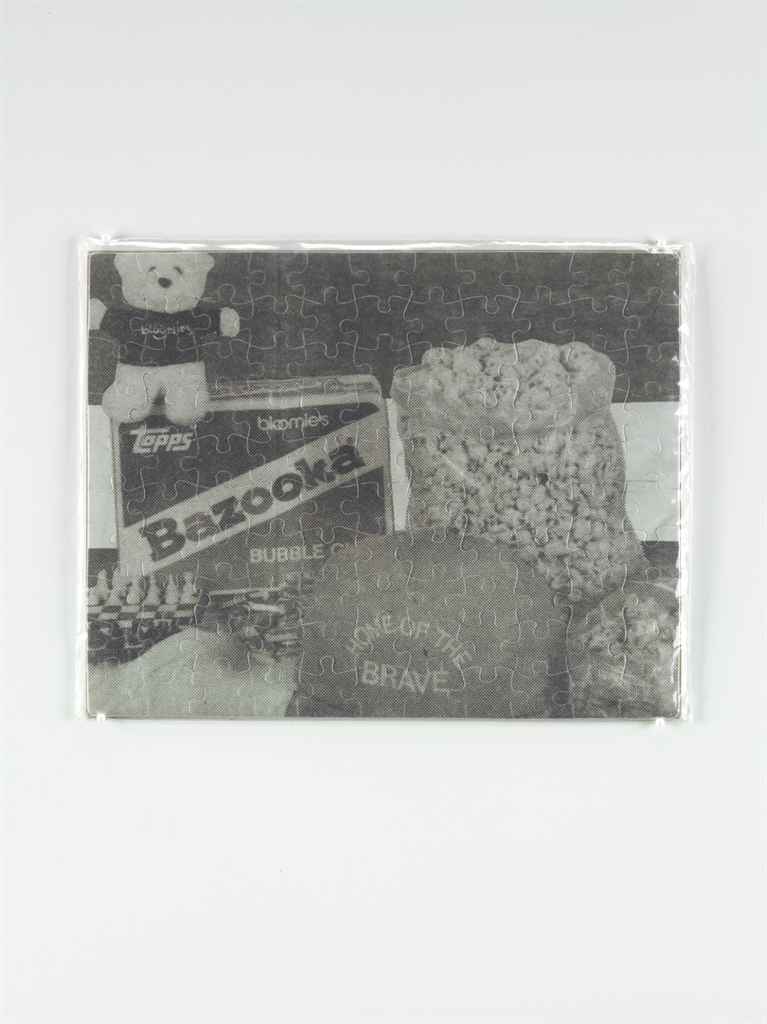
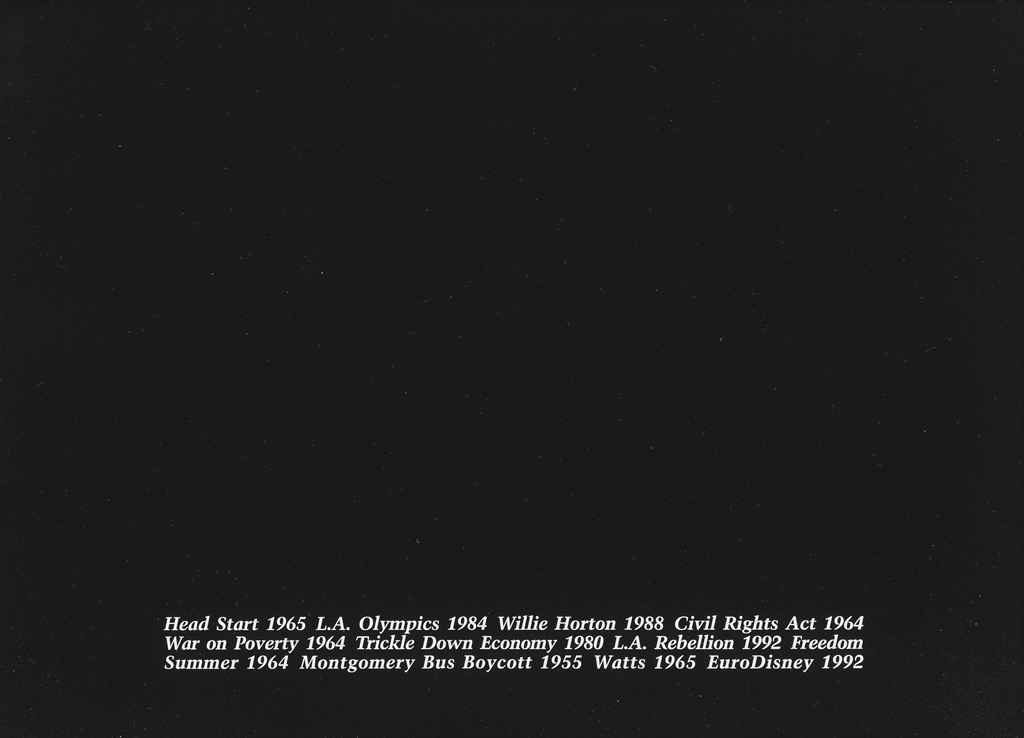
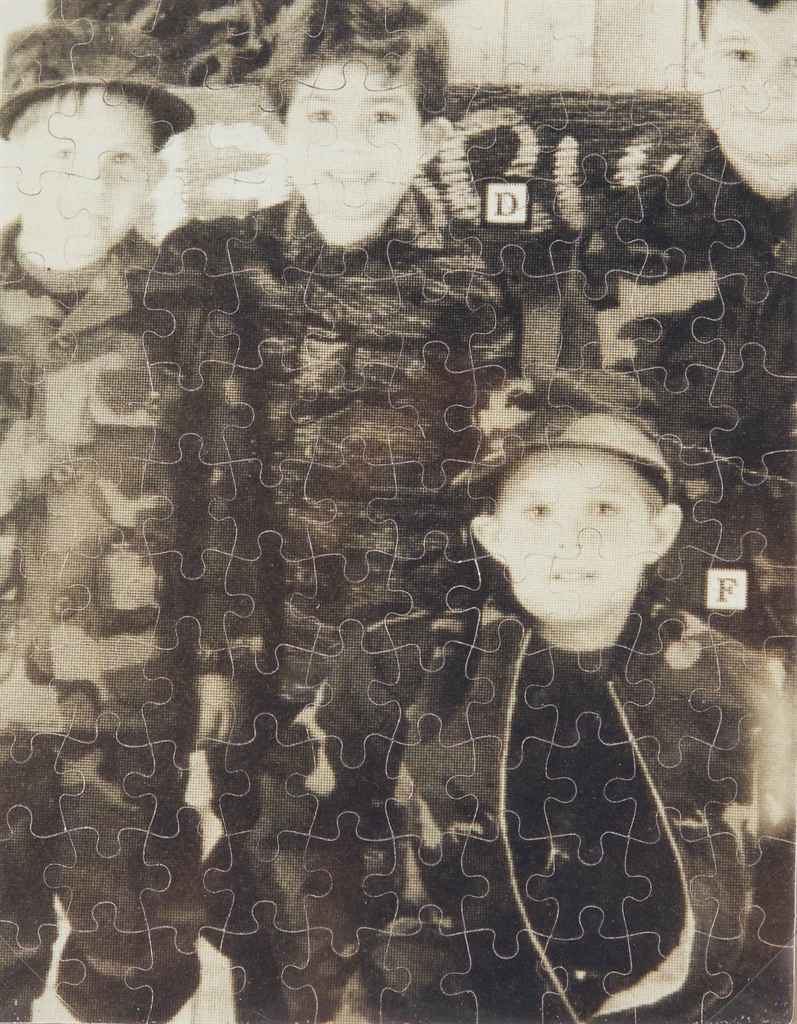
Testen Sie LotSearch und seine Premium-Features 7 Tage - ohne Kosten!
Lassen Sie sich automatisch über neue Objekte in kommenden Auktionen benachrichtigen.
Suchauftrag anlegen